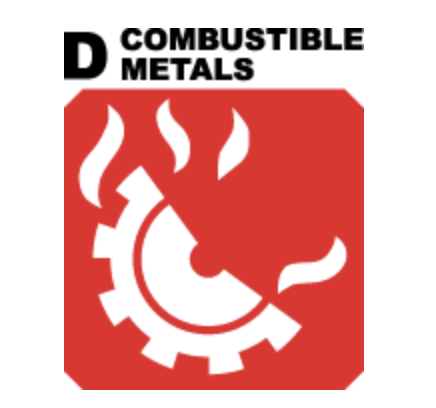Fire Extinguisher Installation Near Buford, GA
Fire extinguishers are essential to maintaining a safe environment in your business. However, just having a fire extinguisher nearby is not enough to combat a fire emergency. One of the most important pieces to fire extinguisher maintenance is conducting regular inspections or getting a fire extinguisher installation if it is too old. It’s also crucial to know the different types of fire extinguishers and how to use them. Over time, fire extinguishers can experience damage, leaks, and rust. An old, malfunctioning fire extinguisher in addition to an inexperienced user is a recipe for disaster.
CALL US 770-995-9950




New Fire Extinguisher Installation
Fire extinguisher installation is important because every building needs to be prepared in the event of a fire. We can examine how your equipment would respond in an emergency. Here at Safe-T Fire Protection, we provide thorough installation near Buford and Lawrenceville to verify that you have a fire extinguisher that is in top working condition. Commercial buildings are required to own fire extinguishers and have them inspected annually. In addition, every 30 days, you should visually inspect your fire extinguisher. You can do this by asking three questions:
- Is the fire extinguisher in the right place?
- Is it both visible and accessible?
- Does the pressure gauge show the correct pressure?
A Safe-T Fire inspection will include a thorough examination of all the parts of your fire extinguisher when we perform a fire extinguisher installation. Our trained professionals can recommend products and are also ready to tackle any repairs that need to be made to your existing extinguishers. Our fire extinguisher installation services span a wide range of areas. We install kitchen fire extinguishers, dry powder fire extinguishers, wall-mounted fire extinguishers, foam fire extinguishers, portable fire extinguishers, and wet chemical fire extinguishers. Contact us for a fire extinguisher installation.
5 Different Classes of Fire
The type of extinguisher you need depends on the class of fire. You can see the five classes of fire labeled below.





Types of Fire Extinguishers
There are a few different types of fire extinguishers, which use various substances to tackle the chemical reaction taking place in the fire. It’s important to use the correct fire extinguisher. Here are six types of fire extinguishers:
- ABC Powder: Sprays a chemical powder to suffocate the fire, which can be used for class A, B, and C fires.
- Carbon Dioxide: Removes oxygen to extinguish carbon dioxide from the fire. Should be used on class B fires.
- Wet Chemical: Potassium solution that sprays and seals liquid over the fire. Compatible with Class A and fires containing fats and oils.
- Water Mist: Fights with water molecules to drain the temperature. Works on class A, B, and C fires.
- Foam: Uses foam to suffocate the fire. Works well for classes A and B (excluding gaseous fires).
- Clean Agent: Uses gas, usually halon, to reduce oxygen levels from the fire. Environmentally friendly and leaves no residue, making it work with class B and C fires.
We can install any of these types of fire extinguishers. Contact us for your fire extinguisher installation.
PASS Fire Safety Tip
If you’re caught in an emergency and you aren’t familiar with how to use a fire extinguisher, just remember the acronym PASS:
- Pull the pin.
- Aim the fire extinguisher at the base of the fire.
- Squeeze the fire extinguisher handle.
- Sweep the nozzle from side to side while pointing at the fire’s base.

How do fire extinguishers work?
Fires thrive on heat, fuel, and oxygen. A fire extinguisher releases powder or foam to smother the fire and cut off the oxygen. There are different types of fire extinguishers to be used for the various classes of fires. The base component of the fire will determine how it should be extinguished.
Do fire extinguishers require maintenance?
Yes, your fire extinguisher must be inspected and maintained by a fire safety professional. Most state regulations require that fire safety equipment be inspected annually for the best fire extinguisher safety.
When should I use a fire extinguisher?
You can use a fire extinguisher when the flames are shorter than you. If they become taller than you, immediately exit the building and call 911. Fire extinguishers are built to douse small fires, not large ones.
Do fire extinguishers expire?
Yes, fire extinguishers do expire. The seals can weaken and cause leakage. They can also lose pressure over time, which means they won’t be effective. It’s important that you don’t just follow the expiration date on your fire extinguisher. It needs to be inspected every year to determine that it’s in working condition. We can perform a fire extinguisher installation if your old one is expired.
Do I need to replace my fire extinguisher after use?
You should always replace your fire extinguisher after you use it, even if you think you didn’t use that much.

